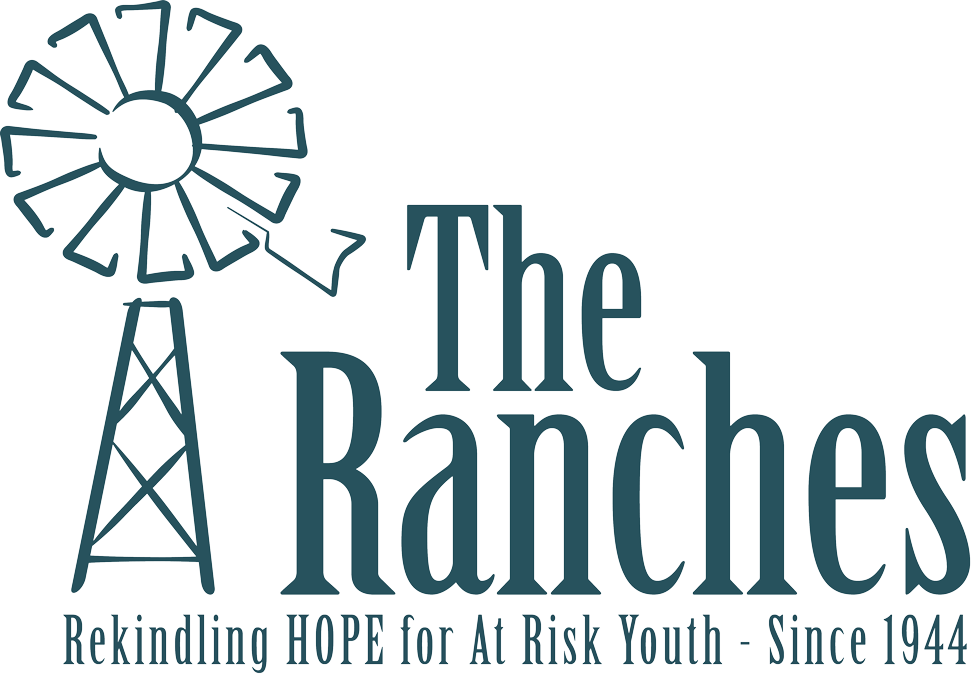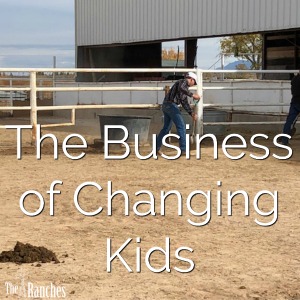We are in the business of changing kid’s behavior, but, in truth, we are in The Business of Changing Kids.
While it may seem like a small difference, I assure you, it is a significant one. Setting out to identify and change a child’s negative behaviors tends to lead to kids that think that they are broken, flawed and not good enough. Kids that feel they are broken, flawed or not good enough, tend to respond by behaving badly and tend to see very little benefit to changing. In my experience, they hold on tightly to their negative behaviors as a defiant signal to the adults in their life that a) they have no desire to feel the sting of rejection from yet another person who “wants to help” and b) those same people that “want to help” tend to react badly when behavior changes in a positive way. While it may seem counter intuitive, many adults become skeptical, judgmental and distrustful when kids start to behave in a way that is positive and different than the norm for that child.
When we focus on the child, and their inherent value, instead of focusing on the child’s negative behavior, results get drastically more beneficial for all involved. A child who is cursing at the adults in their world tends to be struggling with anger due to not having meaningful, respectful relationships in their life. This behavior is usually met with one of two responses. The cursing is either met with anger from those that are being cursed at or isolation from those that are being cursed at. “You can’t talk to me that way! or “You’re grounded! Go to your room!” Either response leads to the child being disconnected, and in some cases isolated, from the adults that are there to serve as the most meaningful relationship in a young person’s life. Taking a “time in” with a child who is frustrated or angry, and focusing on what’s causing the negative feelings, can lead a child to think that they are more important that their worst moments.
It is important to remember that the cursing is not the problem, it is simply the symptom of a problem that, in most cases, took time to develop. When we are frustrated, angry, isolated and feeling alone, lashing out at someone close by can be the closest thing we have to meaningful interaction. It can also serve as a misguided attempt to get the attention of someone who is close by, but may not understand how we feel and what we are internally dealing with. We call this a miscue and it is an issue with the vast majority of the kids that are at The Ranches.
While these feelings of frustration and disconnection are sometimes the result of the behavior of parents, caretakers or siblings, it certainly isn’t isolated just to familial relationships. The feelings of disconnection, isolation, invisibility and loneliness can come from anywhere and from anyone who interacts with a child. In most cases, this means that there are an infinite number of possible sources for the feelings that lead to bad behavior and, in time, the child’s belief that they, not their behavior, are bad.
Thankfully, while there are infinite reasons and a multitude of behaviors, there is only one child and focusing on that child is the key to working toward changing the behavior. At The Ranches, we focus on a few key steps to start the process of changing the child and, subsequently, changing their behavior.
- Check in with the child every day – It sounds simple and like something we do out of habit but I am constantly surprised by the number of children who don’t feel that anyone is paying attention or care enough to worry about them. In my experience, nothing could be further from the truth, but kids get convinced and their behavior follows their feelings. “How was your day?” is a start, but, “What was the best part of your day?…and the worst?” can be infinitely more effective. Especially if asked consistently.
- Ask them for help – I know, I know, we’re adults and shouldn’t need their help, but ask anyway. “Can you please help me out and get your chores done?” may seem like you’re asking for something that they should just do but it sets the precedent that asking for help is OK. This makes it easier for them to ask for help from you. It’s a much better style of communication, but it may also be the difference in asking for help or suffering in silence.
- Respond instead of reacting – We sometimes think we have to react to every behavior that is negative or may lead to negative behaviors in the future. We need to respond to negative behaviors, but reacting tends to be the first step in escalating a discussion into a conflict. “Can you explain to me why your room isn’t clean yet?” leads to a conversation instead of the battle that comes from, “I told you to clean this room. You’re grounded! I can’t believe how disrespectful you can be!” Giving a child the benefit of the doubt and a chance to explain tends to give the child the distinct impression that you care and that they are important.
- Teach, but don’t lecture – While I have been known to be fond of giving lengthy lectures, it isn’t a very effective way to make a child feel like they are more important than their behaviors. Teaching, on the other hand, is quicker, more efficient and leaves children with a sense of their importance and value. The key to a good “teaching moment” is to explain the behavior that you want changed and then, at the moment you think that they understand, stop talking. I’ve found that ending with, “I appreciate you hearing me out” can be very effective when it’s time for me to stop talking.
- Breathe – When we get stressed, we have a tendency to stop breathing normally. This leads to adrenaline, suppressed cognitive ability and more extreme reactions. Taking a deep breath and reminding myself that things will be OK and that I was a kid with a few bad behaviors at one time, usually leads to me handling situations in a much more productive way. In addition, I’ll probably live longer which, depending on who you ask, is a good thing.
While certainly not an exhaustive list at The Ranches, these are the cornerstones of addressing the child instead of their behavior. I certainly can’t say that we always get it right, but we do work hard to always put the child at the forefront of our approach and their behavior as a secondary concern. Thankfully, I need only look at Christ for an example. He always loved the sinner, but not the sin. His example is certainly one that I must work to teach the kids that we serve as their opportunities to learn this valuable lesson may be limited.
Written By Heath Kull


